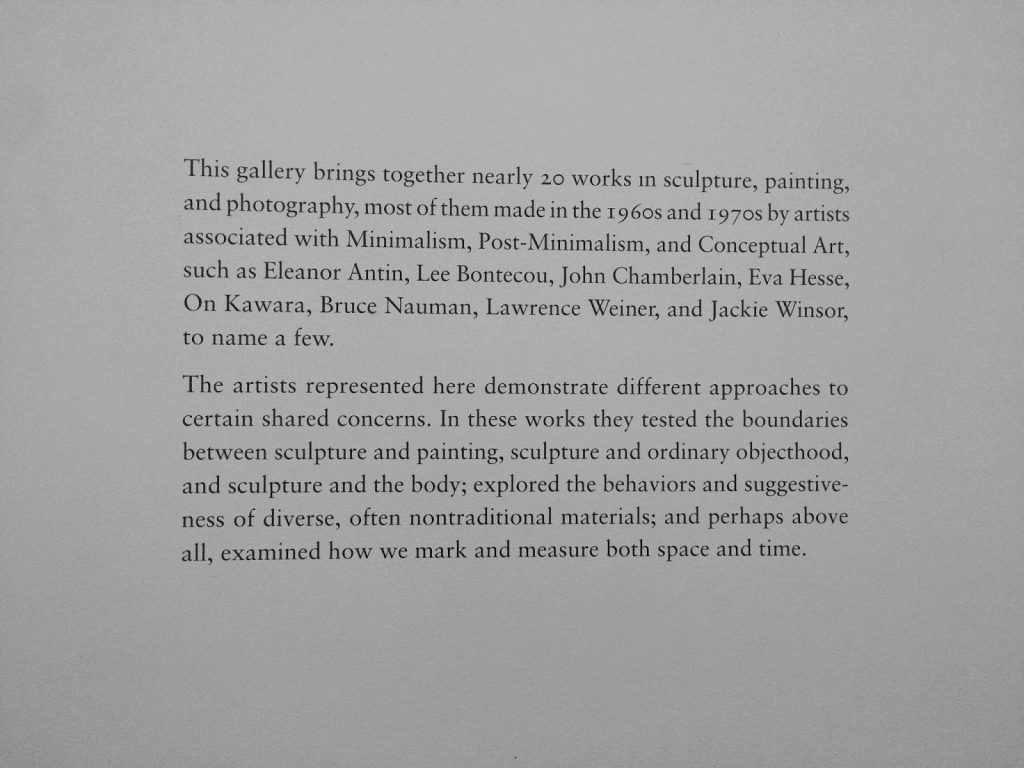
Eleanor Antin’s Photography: A Sharp and Insightful Satirical Commentary

# Exploring Eleanor Antin’s **Persona** Series: A Satirical Take on Identity
## Introduction
Eleanor Antin, a pioneering conceptual artist, has long been known for her subversive and humorous take on identity, gender, and historical narratives. Her celebrated *Persona* series from the 1970s, currently on display at the [Diane Rosenstein Gallery](https://dianerosenstein.com/exhibitions/113-eleanor-antin-persona/), examines the construction of self through roles, costumes, and photography. By embodying characters like kings, nurses, and ballerinas, Antin challenges social conventions and traditional artistic formats, seamlessly blending parody with critical commentary.
## Deconstructing Stereotypes Through Performance
Antin’s work operates within the framework of conceptual photography, incorporating performance and narrative. Unlike many documentary photographers of her time, who aimed to capture reality, Antin exposes the performativity beneath it. Her series deconstructs identity, revealing it as an elaborate, often absurd act.
In *100 Boots Going to Church* (1971), for example, she places a long line of rubber boots marching toward a traditional white steeple. The image, reminiscent of classic Americana photography, deliberately contradicts its familiar setting with an element of whimsy. The result is a humorous, yet biting, statement on the constructed nature of photographic authenticity.
Her *Persona* works further intensify this critique by placing herself into exaggerated roles, playfully dismantling traditional gender expectations. Instead of simply portraying social figures like a soldier or nurse, she dramatizes their essence, exposing the clichés that underpin their representations.
## The Soldier and the Seamstress: Gendered Performances of Labor
One of Antin’s most striking works from the *Persona* series, *A Soldier’s Work is Never Done! (from The Angel of Mercy: My Tour of Duty in the Crimea)* (1977), juxtaposes masculinity with traditionally feminine labor. The photograph captures a soldier crouched before an army tent, sewing a sock. Using old-fashioned black-and-white cinematic techniques, Antin mimics early 20th-century war photography. However, by focusing on the gendered contrast between war and domestic sewing, she questions the rigidity of social roles.
This reversal of expectations parallels her recurring motif of everyday contradictions. The piece humorously dismantles the notion that soldiering is purely about aggression, exposing a nuanced reality in which male-coded heroism depends on an unacknowledged thread of femininity.
## *Nurse Eleanor*: Theatrics of Caregiving
Antin’s *Nurse Eleanor* portraits continue her critique of gender norms within art and society. In one instance, she appears dressed as a nurse, cradling a flimsy cardboard cutout of a patient. The exaggerated expressions and staged composition parody instructional images, calling attention to how caregiving professions have historically been idealized—and often feminized—through overly prescriptive representations.
By portraying roles commonly assigned to women and exaggerating their performative nature, she aligns herself with feminist conceptual artists like Cindy Sherman. However, unlike Sherman’s deep psychological investment in her characters, Antin maintains an ironic detachment, allowing the art to dismantle itself.
## Blurring the Line Between Fiction and Reality
Antin’s work continually questions the boundary between performance and authenticity. Her ability to step into multiple characters highlights the fragmented nature of personal identity. Each persona serves as a caricature drawn from Western historical and cultural narratives—identities shaped more by art and media than by essence.
Rather than taking a confrontational feminist stance, Antin employs wit and satire to slowly unravel artistic and societal expectations. Her ability to balance humor with critical thought allows her commentary on identity to be both sharp and accessible.
## The Legacy of *Persona*
Antin’s *Persona* series remains an essential exploration of identity in visual culture. By blending self-portraiture with role-play, she challenges the authority of photography and the authenticity it claims to represent. The works in this exhibition continue to resonate as conversations around identity, gender, and artificial narratives evolve.
Eleanor Antin does not merely document the world; she re-imagines it, stepping into its absurdity with playful irony. In doing so, she forces us to question what is staged, what is real, and whether there is any difference at all.
—
**Eleanor Antin: Persona** runs at [Diane Rosenstein Gallery](https://dianerosenstein.com/exhibitions/113-eleanor-antin-persona/) (831 North Highland Avenue, Hollywood, Los Angeles) through February 8.